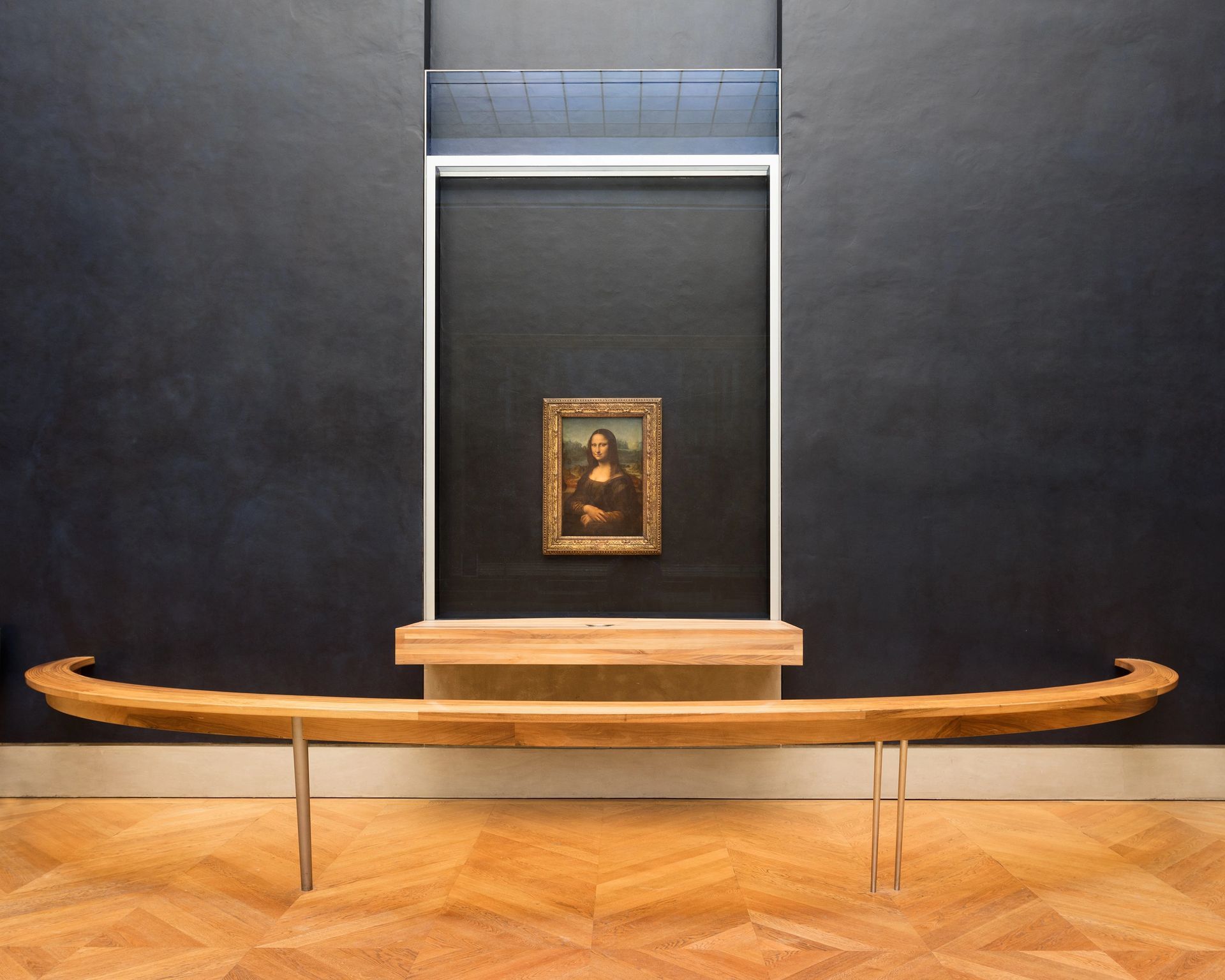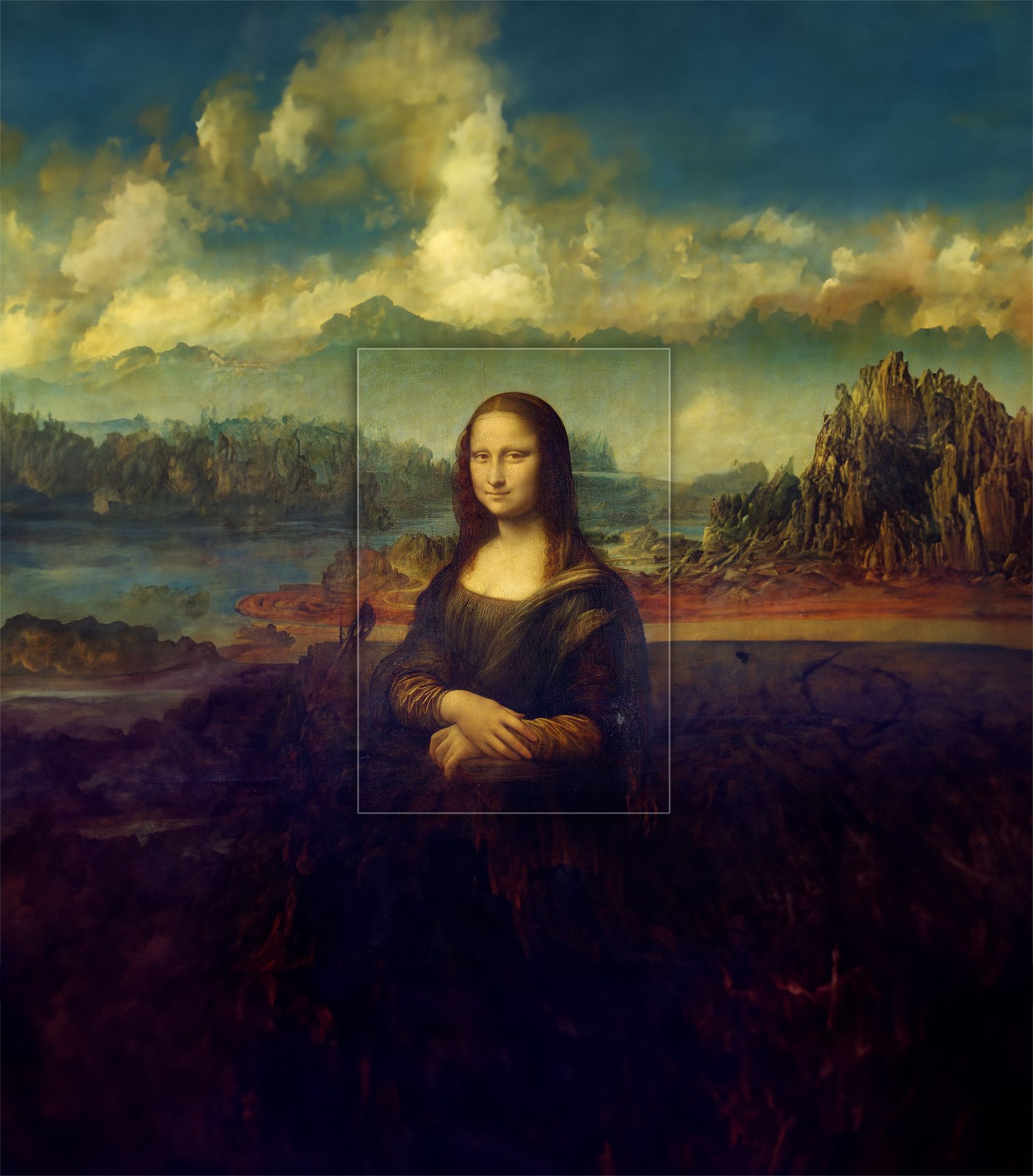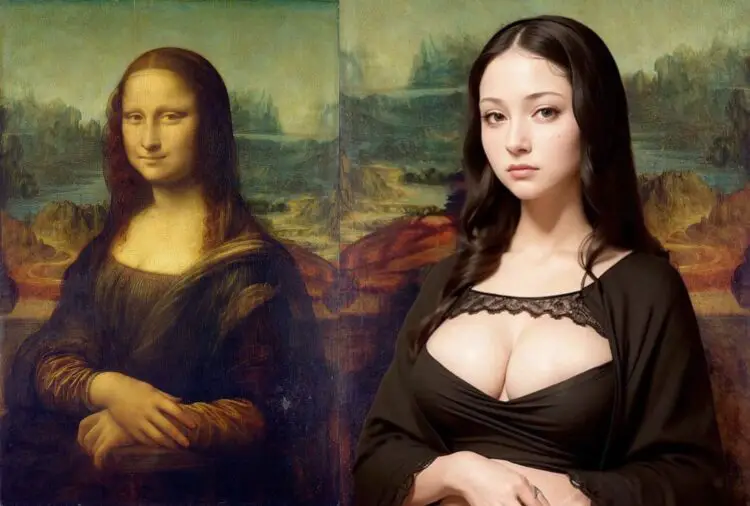The enigmatic smile of the Mona Lisa has fascinated art enthusiasts for centuries. Well, AI Mona Lisa answered the question of what if this timeless masterpiece was painted in the digital age.
Thanks to the wonders of artificial intelligence, we can now catch a glimpse of how Leonardo da Vinci’s legendary painting might look if it were created today.
what the Mona Lisa would look like today according to AI!
Via: @gianpaolorosa pic.twitter.com/vQcjW4Shd1
— History Photographed (@HistoryInPics) July 29, 2023
AI Mona Lisa captured the mystery of the painting and ‘updated’ it
Recently, an AI-powered rendition of the Mona Lisa surfaced online, igniting a whirlwind of discussions on social media platforms like Twitter and Reddit. The AI’s version portrays a modernized Mona Lisa with clear skin, captivating green eyes, and a seemingly “Instagram-ready” appearance. The painting also seemingly accentuates certain aspects, which led to playful remarks from online users, poking fun at the AI’s perception.

In the AI’s rendition, the Mona Lisa sports a touch of contemporary allure, prompting some observers to humorously dub her as an “Instagram influencer.” The playful conversations centered around the AI’s choices and its seemingly exaggerated elements, especially the portrayal of certain physical features.
However, this is not the first time AI has ventured into the realm of the Mona Lisa. Earlier, an AI-generated image of the landscape beyond the painting’s frame also went viral. Though intriguing, it sparked debates regarding the limitations of AI’s creative abilities. Some argued that true art and communication stem from deliberate choices, which AI, being non-sentient, may not fully grasp.

The perceived shortcomings of the new AI Mona Lisa
Critics pointed out that the AI’s interpretation lacked certain essential elements, such as legs and a proper understanding of spatial representation. This underscores the fact that AI’s capabilities, while impressive, still have some way to go before matching the intricacies of human intelligence.
The original Mona Lisa, painted by Leonardo da Vinci during the early 16th century, remains an iconic representation of art’s beauty and complexity. Believed to depict the Italian noblewoman Lisa del Giocondo, the painting’s allure lies in its timeless allure and elusive smile.
For over two centuries, the Mona Lisa has found its home at the Louvre in Paris, captivating visitors from all over the world. Its ability to transcend time and cultural boundaries highlights the power of art in connecting humanity.

As AI continues to evolve, it offers us novel perspectives on classic masterpieces like the AI Mona Lisa. These experiments spark intriguing discussions about the boundaries of AI-generated art and its role in the creative world. While AI can impress us with its abilities, it’s important to remember that art’s true essence lies in the human experience—the emotions, choices, and vision that make each masterpiece an irreplaceable part of our cultural heritage. So, as we marvel at the AI’s take on the Mona Lisa, let us cherish the authentic and the hand-crafted, recognizing that true brilliance is often found in the human touch.
Meanwhile, if you’re interested in the future prospects and incoming developments regarding the field of generative AI, you might be interested in checking out the leaked DALL-E 3 images.
In addition, as well as the creative capabilities of the fast-developing AI field, one central area of discussion is privacy and security. Regarding the topic, you may wish to take a look at why OpenAI, Google, Microsoft, and Anthropic joined forces.





